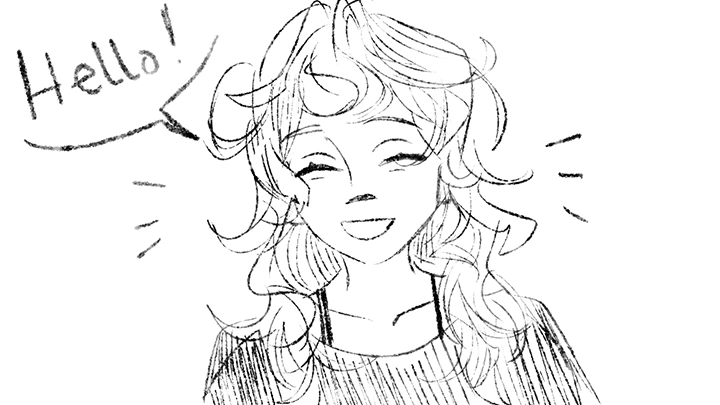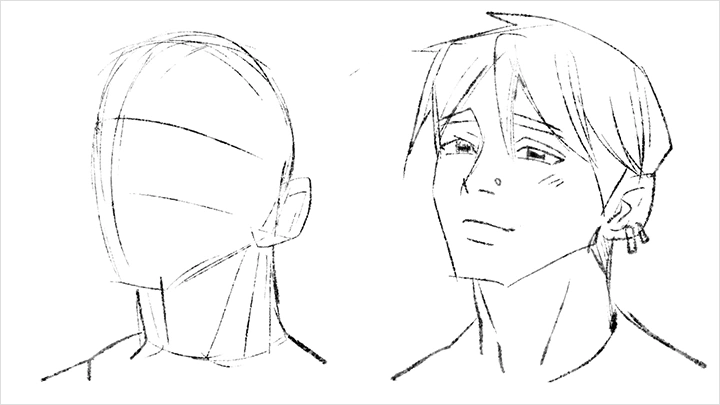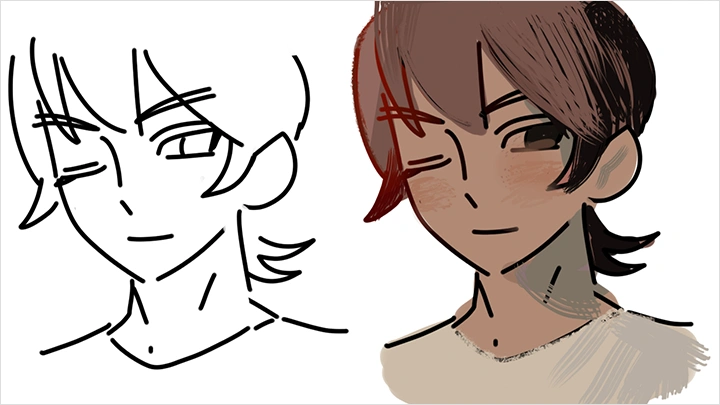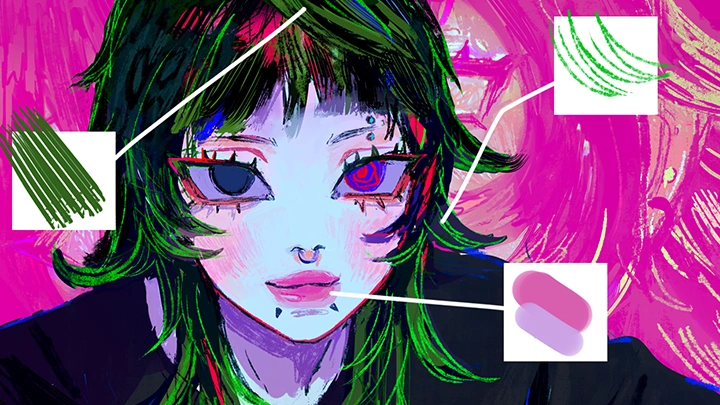Illustrator,YvoToro Details
- Section 01
OT
01. Orientation- Introducing your instructor - What you will learn - Helpful websites and software programs
- Section 02
Introduction
02. Creating a Workspace That Works- Understanding the Program: Paint Tool SAI 2 - Explore other software options with similar tools - Setting up a comfortable workspace
03. Getting Familiar with Tools and PureRef- What is PureRef? - Gathering references effectively - Organization tips
- Section 03
Anatomy
04. Body Proportions - Simplifying the body down to shapes - Focusing on the upper body - Taking a look at the lower body
05. Head Drawing Basics- Drawing a basic head - Different angles - Useful tips to keep anatomy 3D
06. Body in Motion- Incorporating motion - Tips to strengthen dynamic figures - Using what we learned to create a moving character
07. Adding Personality to Character- Exaggerating an expression for emphasis - Conveying emotion with body language - Breaking it down with shapes
- Section 04
Stylized Bodies
08.Exaggerating Proportions- Exaggerating body proportions - Follow the line of motion to extend the body - Tips to strengthen fundamentals
09. Stylized Chibi Body- What is a chibi? - Chibi proportion tips and tricks - Applying what we know to create our own chibi
- Section 05
Composition
10. Composition Types- Going over composition types - Negative space, focal point, balance - Symmetry & Asymmetry
11. Focal Point- What is a focal point? - Combining focal points with composition - Avoid losing the focal point of your piece
- Section 06
Colors
12. Color Fundamentals- Going over color theory - Values and saturation - Things to keep in mind when creating a palette
13. Color Harmony- Color Harmony: Studying the color wheel - Warm and cool colors - Applying different color combinations
- Section 07
Utilizing the Right Brushes for the Best Outcome
14. Selecting the Right Brushes- Main brushes I use and how to apply them - Creating your own custom brush - How the right brush changes the whole piece
15. Textures- Exploring different brush textures - Applying it to clothing and skin - Emulating traditional art mediums
16. Working with Different Textures- Applying different textures together - Experiment: Layer your textures! - Create your own!
- Section 08
Perfecting Piece with Adjustment Tools
17. Saturation and Contrast- Saturation/contrast slider - Creating color emphasis - Avoiding oversaturation
18. Adjustment Layers: Levels, Curves- Applying what we learned about the saturation slider - Curves and levels tool - Compare and contrast your final palette
- Section 09
Crosshatching
19. Key to Crosshatching- What is crosshatching? - Crosshatching using a textured and hard-edged brush - Different results using various crosshatching techniques
20. Layering - Using airbrush to help blend a crosshatching style - Rendering any hard edges - Things to keep in mind to avoid over-rendering
21. Diverse Ways to Use It- Crosshatching Various Areas: Skin - Crosshatching Various Areas: Hair - Crosshatching Various Areas: Fabric
- Section 10
Final Cleanup and Preparation
22. Improving the Final Design- Blurring & liquify tool - Noise grain - Adjustment layers and levels
23. Preparing for Posting- Researching post requirements for each social media - Understanding the algorithm and your target audience - What does well and what doesn't (and why)
24. Personal Tips - Routine and time management - Stretches and the importance of breaks - Adapting to trends
- Section 11
Bonus Chapter!
25. Merch and Homeware Goods- Getting into Merch: It's not as intimidating as it sounds! - What merch best fits your art? Audience? - Websites and resources for beginners
26. Designing a Plushie- Plushie proportions and breakdown - Using our stylized proportion knowledge to create a chibi plushie - Translating it into 3D
























